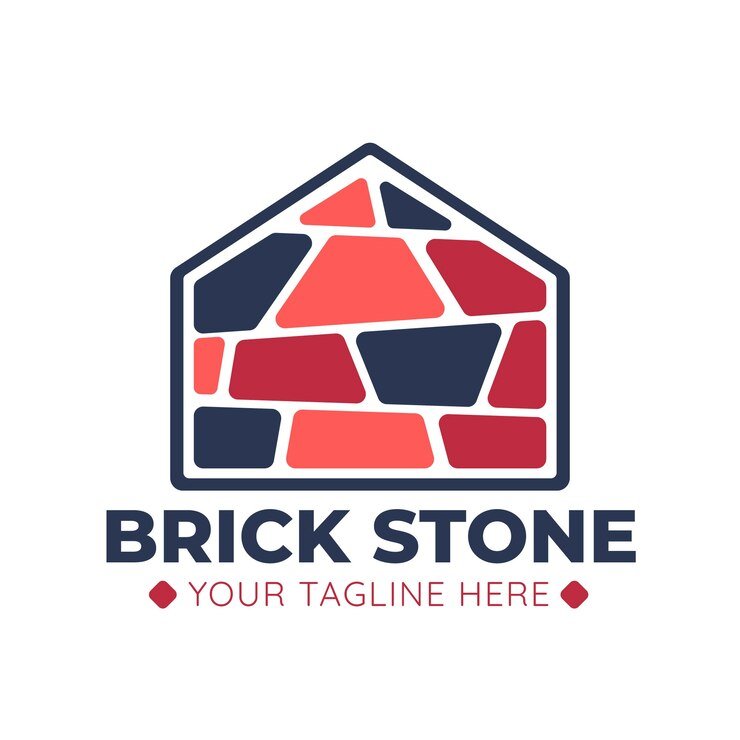Exterior Restoration Waterproofing
Importance of Exterior Restoration Waterproofing
Exterior restoration waterproofing is a crucial process for maintaining the structural integrity and longevity of buildings. Exposure to environmental elements such as rain, snow, wind, and UV rays can significantly degrade the exteriors of buildings, leading to cracks, leaks, mold growth, and even structural failure. By implementing effective waterproofing solutions, property owners can prevent costly repairs and enhance the durability of their structures.
In this comprehensive guide, we will discuss the importance of exterior restoration waterproofing, common challenges, methods, materials, and best practices to ensure long-term protection for buildings.
Common Challenges in Exterior Waterproofing
SERVICES
Methods of Exterior Restoration Waterproofing
Our services include.
Applying waterproof coatings and sealants creates a protective barrier on exterior surfaces. Common materials include:
Elastomeric Coatings: Flexible and highly durable coatings ideal for concrete and masonry walls.
Silicone and Acrylic Sealants: Used for sealing cracks, joints, and expansion gaps.
Bituminous Coatings: Asphalt-based waterproofing used for roofs and foundations.
Waterproof membranes act as a shield against moisture infiltration. They come in various types:
Sheet Membranes: Pre-formed sheets applied over exterior surfaces, commonly used in below-grade waterproofing.
Liquid Membranes: Sprayed or rolled-on materials that create a seamless, flexible waterproof barrier.
A cost-effective solution, cementitious waterproofing involves mixing cement-based compounds with additives to enhance water resistance. It is commonly used for:
Basements and foundations
Swimming pools
Water treatment plants
Masonry structures are prone to water absorption. Waterproofing solutions for masonry include:
Penetrating Sealers: These are absorbed into the surface, creating a water-repellent layer without altering appearance.
Brick Repointing: Repairing deteriorated mortar joints to prevent water ingress.
Vapor-Permeable Coatings: Allow moisture to escape while preventing external water penetration.
Proper drainage is critical to preventing water accumulation near buildings. Key solutions include:
French Drains: Subsurface drainage channels that redirect water away from foundations.
Gutter and Downspout Systems: Ensuring proper water runoff from roofs to prevent pooling near walls.
Slope Grading: Adjusting landscape slopes to divert water away from structures.
Roof leaks are a common cause of water damage. Effective roof waterproofing methods include:
Modified Bitumen Roofing: A durable, multi-layered waterproofing system for flat roofs.
EPDM and TPO Membranes: Synthetic rubber and thermoplastic membranes used for waterproofing commercial roofs.
Reflective Coatings: Help reduce UV damage and improve energy efficiency.

Committed to excellence
Why Exterior Restoration Waterproofing is Essential
Water damage can compromise the integrity of a building, leading to structural deterioration and expensive repairs. Below are the primary reasons why waterproofing is essential:
- Prevents Structural Decay.
- Avoids Mold and Mildew Growth.
- Enhances Energy Efficiency.
- Increases Property Value.
- Protects Interiors and Possessions.
Certified Contractors with GAF, Firestone, CertainTeed, Johns Manville, & NRCIA






Best Practices for Exterior Restoration Waterproofing
- Conduct a Thorough Inspection: Identify problem areas such as cracks, leaks, and weak seals before applying waterproofing solutions.
- Choose High-Quality Materials: Invest in durable and weather-resistant waterproofing products.
- Ensure Proper Surface Preparation: Clean and repair surfaces before applying coatings or membranes.
- Apply Multiple Layers if Needed: Some waterproofing systems require multiple layers for optimal effectiveness.
- Monitor and Maintain Regularly: Conduct periodic inspections and reapply waterproofing treatments as necessary.
Exterior restoration waterproofing is a vital aspect of building maintenance, safeguarding structures from water damage.

Request Your Free Waterproofing Estimate
Costs vary based on building size, damage extent, and materials used. It’s best to get a professional assessment for accurate pricing.
Overview of Exterior Restoration & Waterproofing
Exterior Restoration & Waterproofing is a crucial process for maintaining the structural integrity and appearance of buildings. It involves repairing damaged exteriors, protecting surfaces from water infiltration, and preventing long-term deterioration caused by weather, moisture, and aging.
Regular Exterior Restoration & Waterproofing is essential for protecting buildings from environmental damage and ensuring longevity.
FAQs About Roofing in Exterior Restoration Waterproofing
Exterior restoration and waterproofing involve repairing and protecting building exteriors from damage caused by water, weather, and wear. This includes sealing cracks, applying waterproof coatings, and restoring facades to maintain structural integrity and aesthetics.
Waterproofing prevents water infiltration, which can cause structural damage, mold growth, and material deterioration. Proper waterproofing extends the lifespan of buildings and reduces maintenance costs.
🔹 Sealants & Coatings – Protect surfaces from moisture
🔹 Membrane Waterproofing – Adds a protective layer to walls & foundations
🔹 Brick & Concrete Sealing – Prevents water penetration
🔹 Drainage Solutions – Redirects water away from the building
✔️ Look for experience in exterior restoration
✔️ Check customer reviews & past projects
✔️ Ensure they use high-quality waterproofing materials
✔️ Ask about warranties & maintenance plans

